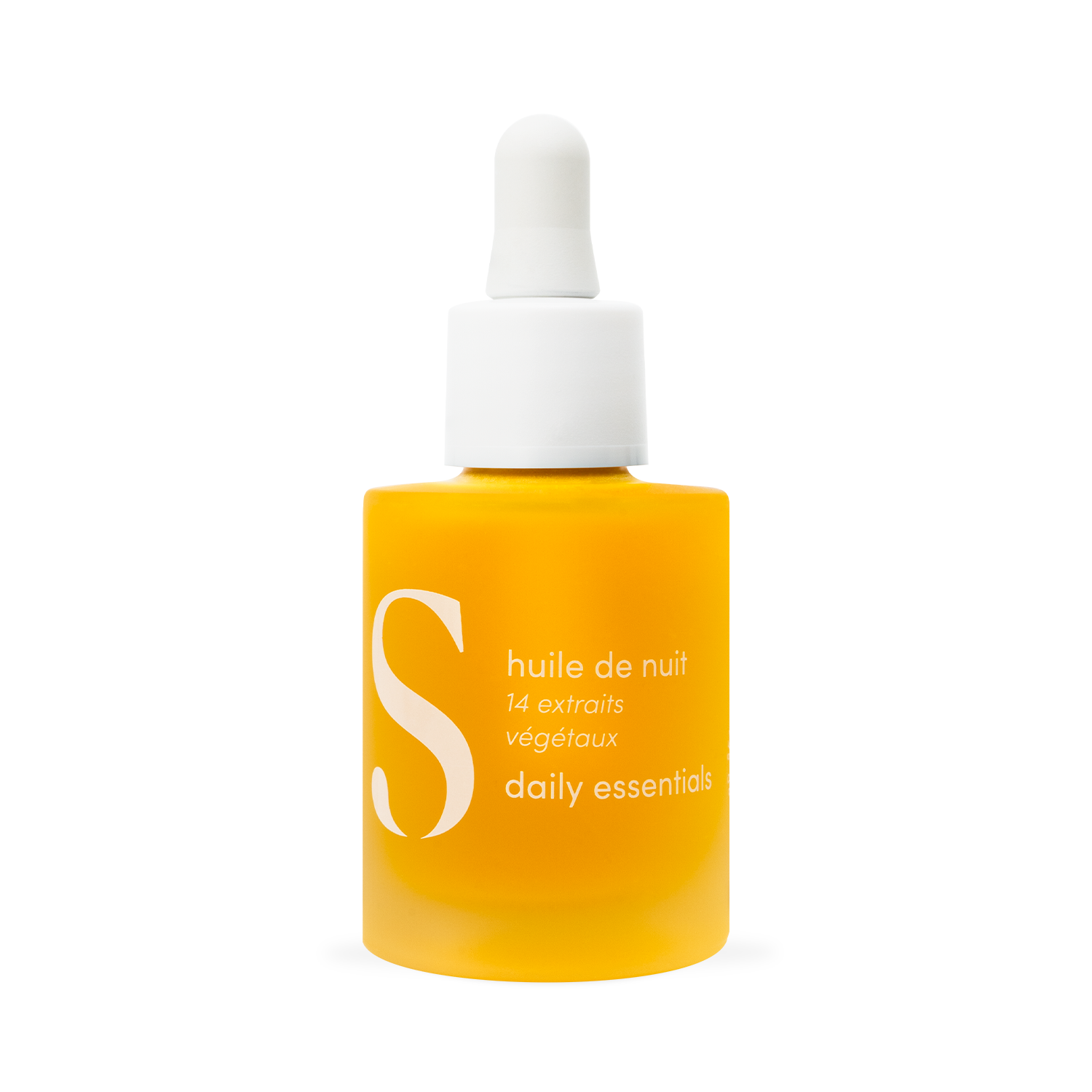What are the effects of the sun on the skin?
Perhaps you have already heard of “sun capital” without really understanding its meaning. This term refers to the amount of UV that the skin can tolerate without suffering damage, such as premature aging or skin cancer. This capital is genetically determined from birth, non-renewable and varies according to phototype . It is limited, hence the importance of preserving it: at 20 years old, we have already used half of our sun capital. Today we decipher together the effects of the sun on the skin to understand how to reduce them.
Did you know ?
In small quantities, the sun is beneficial : it is necessary for the synthesis of vitamin D, essential for bone solidification. UVB rays promote this synthesis, thus playing a crucial role in bone growth. Additionally, UV radiation, when used under medical supervision, can be beneficial in treating various conditions such as rickets, psoriasis, eczema and jaundice.
On the other hand, you must keep in mind that this practice can also have more or less significant consequences on the skin.
How does it work ?
The sun emits a type of radiation called ultraviolet (UV) , invisible to our eyes but capable of impacting our skin and our health .
These UV rays are divided into three categories based on their wavelengths: UVA (400-315 nm), UVB (315-280 nm) and UVC (280-100 nm). UVC is the most harmful, but it is filtered by the ozone layer and does not reach the Earth's surface. However, UVA and UVB come into contact with our epidermis.
UVB has the ability to cause skin burns and sunburns, mainly affecting the surface layer of the skin. UVA, on the other hand, penetrates deeper and can contribute to premature aging of the skin as well as an increased risk of cancer. In short, UVB burns the skin while UVA accelerates its aging.
How does UV affect the skin?
UV affects the skin through four main processes:
- Reflection, caused by changes in refractive index, is particularly significant for visible light and infrared.
- Diffraction through the fibers and cells of the different layers of the skin, particularly important for the stratum corneum and the melanin layer.
- Transmission through epidermal layers.
- Absorption, the only one capable of inducing a photochemical reaction at the level of various substances contained in cells, such as keratin, melanin, proteins and carotenoid pigments.
The long-term effects of UV on the skin are cumulative and interdependent . Ultraviolet radiation can come from either a natural source, such as the sun, or artificial sources, such as tanning lamps. While the dangers of UVB have been known for a long time, those of UVA are more recent.
UVB: The adversaries of the epidermis
About 90% of UVB is absorbed by the epidermis , the surface layer of the skin. They stimulate the production of melanin, a pigment secreted by melanocytes , which colors the skin. However, this tan is in reality only a defense of the skin against the attacks of the sun. When exposure to UVB is too intense for the skin to defend itself, sunburn can occur (UVB is mainly responsible). Highly energetic, UVB can directly damage the DNA of skin cells, causing lesions. In the long term, this can lead to skin cancer.
UVA: Those responsible for photo-aging of the skin
UVA rays, often underestimated due to their lack of burning sensation when they penetrate the skin, are in reality the main culprits of skin aging. Their ability to reach the hypodermis, the deepest layer of the skin, makes them responsible for the loss of elastin, leading to dryness, loss of flexibility and the appearance of wrinkles. They also have a role to play in the development of certain skin cancers, notably melanomas .
UVA is also responsible for the process of "photo-aging", where its ability to penetrate deeper than UVB reaches the dermis, causing oxidative stress. This stress leads to the excessive formation of free radicals, which damage skin cells, DNA and proteins. This process accelerates aging, manifested by the appearance of wrinkles and sometimes pigment spots on the surface of the skin.
We must therefore be careful, because UV rays are the main cause of skin cancer.
Prolonged and excessive time under ultraviolet rays, whether from the sun or artificial sources, represents one of the main reasons behind cases of skin cancer. This risk is even more accentuated for individuals with fair skin and a family history of this disease.
They manifest themselves in the form of melanoma”, an aggressive variant of skin cancer, can develop from an existing mole or on healthy skin. Early detection is therefore crucial to increase the chances of recovery. If you notice the appearance of suspicious spots, it is important to consult a dermatologist without delay.
What are the right actions to adopt to protect yourself from the harmful effects of the sun?
- Prepare your skin for the sun and use tanning preparations.
- Avoid exposure during the hottest hours, between 11 a.m. and 4 p.m.
- Wear light, protective clothing like a T-shirt, sunglasses and a hat.
- Don't go out without your sunscreen with a high protection factor.
- Take breaks in the shade, even if you use sunscreen.
- Remember to reapply your sunscreen regularly, especially after swimming or sweating.
- Be careful, by using less sunscreen than recommended, you reduce its ability to protect you.




















